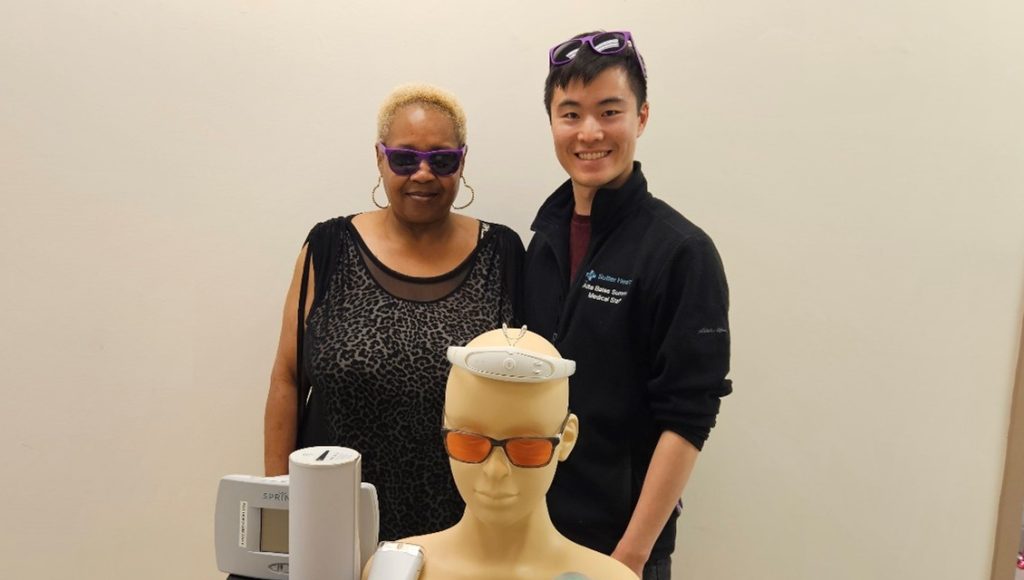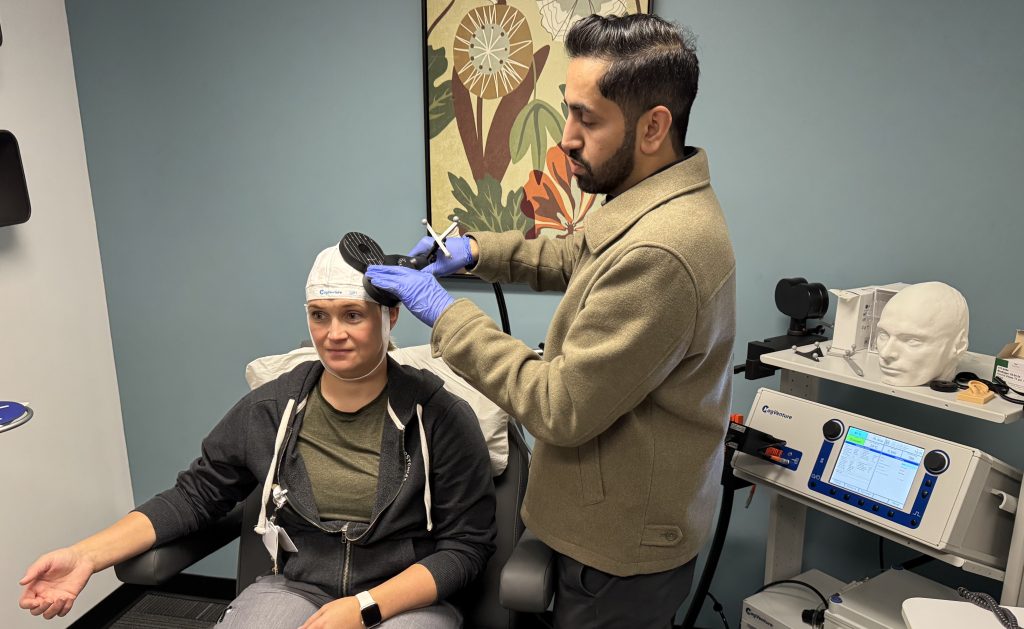Across California, Sutter hospitals are making measurable strides in how substance abuse disorders are identified, treated and supported — and that progress is earning statewide recognition. Cal Hospital Compare has named several Sutter hospitals to its 2025 Substance Use Disorder (SUD) Care Honor Roll for leadership in safe opioid use, harm reduction and comprehensive patient care.
Since the Honor Roll’s debut in 2019, Sutter hospitals have made significant progress in addressing the growing substance use epidemic and prioritizing care in this area. Through advanced pharmacy analytics and standardized policies, Sutter is improving safety and consistency in every care setting, so patients can access and maintain recovery wherever they seek care.
Among those recognized, Sutter Santa Rosa Regional Hospital earned top distinctions of Superior Performance and Most Improved — honors that highlight the hospital’s commitment to integrated, multidisciplinary approaches that strengthen recovery and reduce stigma.
Sutter Santa Rosa: Superior Performance & Most Improved
Hospitals earning Superior Performance designation consistently excel across four key areas: safe opioid use, patient identification and management, harm reduction and adoption of best practices in substance use disorder care. Those honored have also integrated SUD care resources and workflows across multiple service lines to ensure prevention and treatment remain accessible long-term within their communities.
“As a system, Sutter has made significant efforts over the past year to increase the work we do to address stigma,” said Rhonda Kite, Sutter Health’s clinical pharmacy coordinator. “But it’s the integrated, multidisciplinary approach that drives the improvements seen at Sutter Santa Rosa.”
Key initiatives contributing to the hospital’s success include:
- Launching a multidisciplinary SUD collaborative uniting pharmacy, nursing, medical staff, social workers, substance abuse navigators and addiction medicine fellows to enhance patient care and provider education.
- Establishing an Addiction Medicine Fellowship in 2025, staffed with two physicians as members of the SUD collaborative who also lead patient huddles for individualized treatment planning.
- Hiring two substance use navigators, or SUNs, to expand naloxone distribution, improve transitions from hospital to outpatient care, and promote SUD awareness in both clinical and community settings. Sutter Santa Rosa also developed a Naloxone Distribution Toolkit, now enhanced with fentanyl test strips to help prevent and reverse overdoses.
- Empowering pharmacists to closely monitor Morphine Milligram Equivalent levels and recommend safe, effective alternatives when appropriate.
Nine Sutter Campuses Earn “Excellent Progress” Designation
Nine additional Sutter hospitals were recognized for their progress in advancing safe opioid prescribing, expanding treatment for opioid and alcohol use disorders and implementing harm reduction strategies that improve outcomes for patients and families. These hospitals use data-driven approaches to inform their quality improvements and spread best practices across service lines.
Sutter hospitals recognized in this category include:
- Sutter’s CPMC – Davies Campus
- Sutter’s CPMC – Mission Bernal Campus
- Sutter’s CPMC – Van Ness Campus
- Sutter Davis Hospital
- Sutter’s Eden Medical Center
- Sutter’s Memorial Medical Center
- Sutter’s Novato Community Hospital
- Sutter Solano Medical Center (also received Most Improved recognition)
- Sutter Tracy Community Hospital
Additionally, 13 other Sutter facilities were recognized for active engagement in quality improvement efforts, laying the groundwork for stronger, more effective SUD care programs across the system.
Systemwide Efforts Driving Progress
Sutter Health’s coordinated, systemwide approach to SUD care is designed to strengthen prevention, treatment and recovery support across its network of hospitals, medical foundations and outpatient clinics. Key initiatives include:
- A centralized internal resource hub with opioid prescribing guidelines, pain management agreements and resources for emergency and ambulatory care teams.
- Improved electronic health record order sets for opioid use disorder medications, including the addition of microdosing of buprenorphine and methadone.
- A systemwide stigma-reduction campaign to promote empathy and understanding in substance use care.
- Morphine Milligram Equivalent tracking within inpatient EHRs to enhance safety monitoring, complementing long-standing MME tools in the ambulatory environment.
As part of its long-term commitment to improving care for patients with substance use disorders, Sutter has also deployed SUNs in every emergency department across the system — making it the largest health system in California to permanently establish these roles. SUNs provide real-time, personalized support to patients during critical moments, helping them access timely treatment and recovery resources.
This program is already demonstrating measurable impact: 50.4% of patients connect to ongoing care with SUN support, compared to 15.9% without it. SUNs also strengthen hospital operations by reducing readmissions, improving emergency department efficiency and enhancing coordination across emergency, behavioral health and community-based care.





